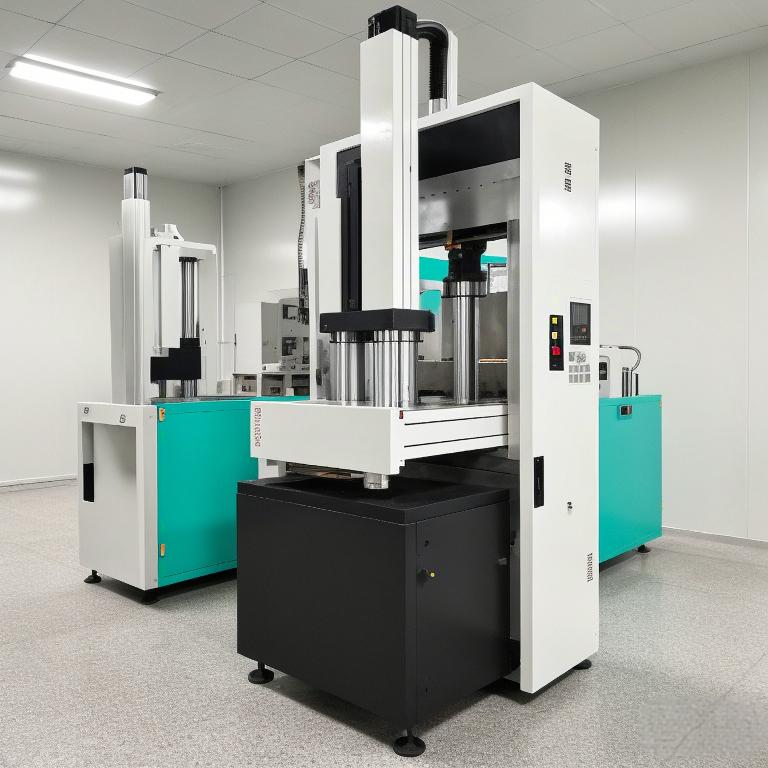Contents
Introduction: Navigating the Silicone Market Maze
Silicone’s versatility spans kitchenware, medical devices, and industrial components due to its thermal stability (-40°C to 230°C) and chemical inertness. However, 38% of “silicone” kitchen tools tested contained PVC plasticizers , highlighting widespread quality issues. This guide empowers consumers with actionable methods to distinguish genuine silicone from blended polymers.
Core Identification Methods for Consumers
1. Certification Verification: The First Line of Defense
Mandatory Marks: Prioritize products with FDA 21 CFR 177.2600 (food contact), LFGB, or ISO 10993 (medical use) certifications.
Red Flags: Avoid vague labels like “silicone rubber.” Authentic medical-grade silicone requires USP Class VI biocompatibility certification
2. Sensory & Physical Tests (No Lab Required)
- Odor Test: Pure silicone is odorless. Chemical smells indicate plasticizers (e.g., phthalates).
- Stretch & Recovery: Stretch the material. High-quality silicone rebounds fully within 3 seconds; low-grade versions leave permanent creases or tear easily.
- Heat Resistance: Submerge in boiling water for 10 minutes. Premium silicone remains intact, while imitations soften or emit odors.
3. Material Behavior Analysis
- Combustion Test (Destructive): Burn a small sample. Pure silicone produces white smoke and white ash (SiO₂), whereas blends yield black residue.
- Oil Resistance: Apply cooking oil for 24 hours. Low-grade silicone absorbs oil and becomes sticky.
![]()
![]()
Understanding Silicone Grades: From Industrial to Medical
| Grade | Key Properties | Common Applications |
| Industrial-Grade | High durability, UV/chemical resistance | Seals, automotive parts |
| Food-Grade | Non-toxic, odorless, passes FDA/LFGB | Baby bottles, bakeware |
| Medical-Grade | Biocompatible, sterilizable, meets ISO 10993 | Implants, catheters |
| Platinum-Cured | No byproducts, superior thermal stability (-50°C–250°C) | Eco-friendly kitchenware, medical tubing |
Choosing the Right Silicone for Your Needs
- Application-Specific Selection
- Food/Child Contact: Opt for platinum-cured food-grade silicone with FDA/LFGB marks.
- Medical Devices: Require ISO 10993 certification and biocompatibility reports.
- Supplier Due Diligence
- Documentation: Request SDS (Safety Data Sheets) and third-party test reports (e.g., SGS, TÜV).
- Transparency: Reputable suppliers disclose manufacturing processes and material origins.
- Cost-Quality Balancing
- Price Alerts: Products priced below $1.50 (e.g., foldable water bottles) often use industrial-grade blends. Genuine food-grade silicone costs $3–5.
- Case Study: A $1.50 imitation water bottle tested contained 25% thermoplastic elastomers, failing at 90°C versus the certified 230°C thermal tolerance
Advanced Consumer Tactics
- UV & Aging Tests
- Sunlight Exposure: Leave outdoors for 3 days. Low-grade silicone yellows or hardens.
- Flex Test: Fold repeatedly. Premium silicone shows no cracks; fillers cause “chalky” fractures
- Certification Decoding
- FDA vs. USP: The FDA regulates food contact, while USP Class VI certifies prolonged skin/organ contact.
- RoHS/REACH: Essential for electronics-related silicone (e.g., phone cases) to ensure no heavy metals
Debunking Common Myths
Myth: “All silicone is dishwasher-safe.” Truth: Repeated detergent exposure degrades low-grade silicone. Platinum-cured variants withstand 1,000+ washes.
Myth: “Thicker silicone = better quality.” Truth: Premium silicone maintains flexibility even when thin (e.g., medical tubing)
Conclusion: Building a Silicone-Smart Lifestyle
By combining certification checks, simple home tests, and grade-specific knowledge, consumers can avoid 90% of substandard products. For high-risk categories (e.g., baby products), insist on EN 14350 (EU) or CPSIA (US) compliance. Remember: Authentic silicone is an investment in safety, not a disposable commodity.


